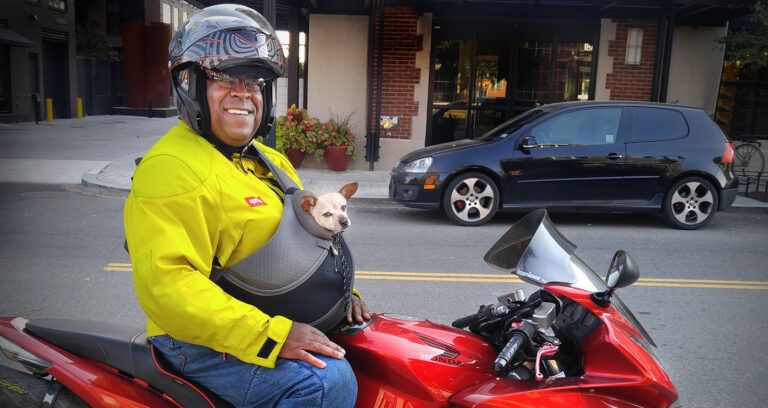Greg Winfree JD, agency director of the Texas A&M Transportation Institute, a former US assistant secretary of transportation, and a member of ITS America’s board of directors, on the challenges of traffic management for special events.
You say futbol, I say football; but we both say, traffic jam.

Few aspects of international life more clearly illustrate our cultural contrasts and commonalities than our shared love of sport. It’s hard to find a more popular example of what defines sport than football – whether that’s American football, soccer, rugby or even Australian rules.
How the games are played, and the exact names given, are distinct. But some aspects of the fan experience are virtually identical. The most conspicuous of those, perhaps, is our ferocious loyalty to the on-field contestants. The other is the challenge we face in finding our way to and from the stadium – roadway congestion is a headache.
Big-time athletic events like the soccer world cup and the Super Bowl create traffic gridlock. That’s something we know well at Texas A&M University, where Division 1 college football is in the spotlight several times a year.
We were already feeling the strain on the road network around Kyle Field Stadium when its capacity was 82,000. But when an expansion boosted the seating space by nearly 30%, the chaos grew by an even greater degree, producing myriad traffic safety hazards and hours of congestion for fans.
For an infrastructure that could scarcely handle it, the area surrounding Kyle Field was temporarily transformed into the fourth-largest downtown in Texas. At the Texas A&M Transportation Institute (TTI), the task before us was clear when university system chancellor John Sharp issued a simple directive: “Fix this mess.”
Our fix has taken shape with the aid of technology applications aimed at making the street network work smarter, not just harder. The applications include: manually controlling signals and adjusting to changes in flow; pre-programming smart signals, adjusting that programming in real time; using traffic cameras to monitor movement on streets as well as in parking lots, deploying and reassigning staff to troubleshoot bottlenecks; coordinating several interconnected command centers to enable quick response to traffic issues; and constantly updating portable electronic message signs to provide real-time data to fans.
“NO MATTER WHERE THE CONTESTS ARE HELD, ROADWAY CONGESTION IS A HEADACHE”
The result is an expertly choreographed technology ballet, in which dozens of local and state agencies play a critical role in the production (for more detail from Kyle Field see our interview with TTI’s special events traffic management expert Debbie Albert) Our surface transportation networks simply aren’t designed for the sort of peak demand that results from trying to put upwards of 100,000 people in the same stadium at the same time. To build for such conditions year-round would be a ghastly waste of both money and materials. The only reasonable solution, as it is with so many other traffic problems, is to employ the right technology applications.
By taking that approach, we’ll all have something to cheer about.
This article originally appeared in the May 2023 edition of TTi magazine





